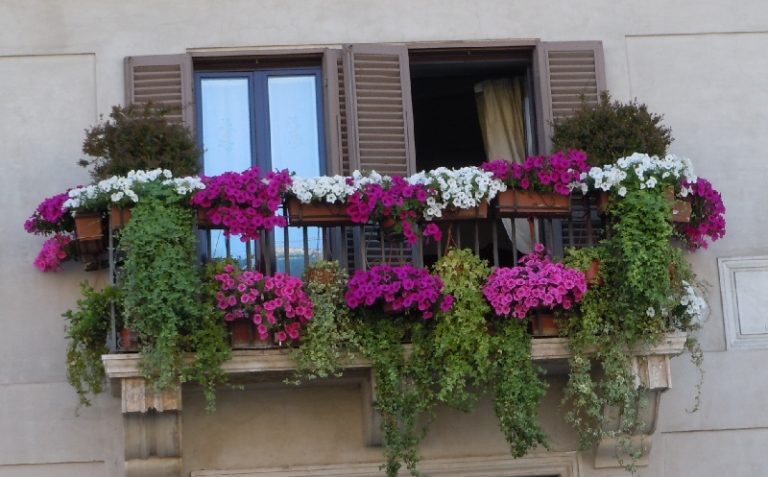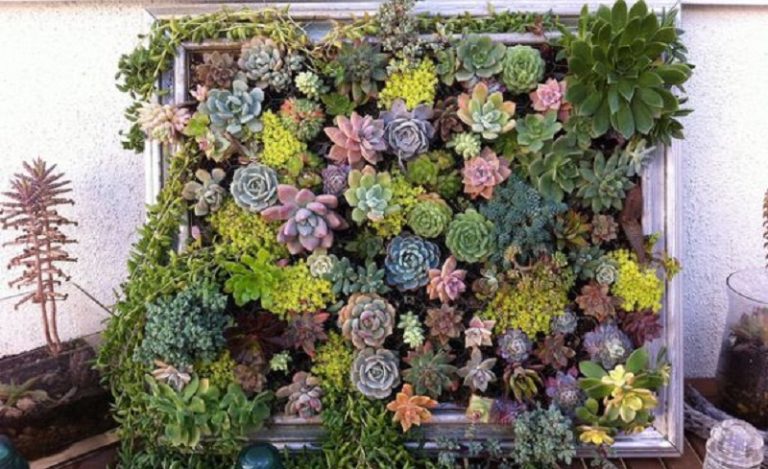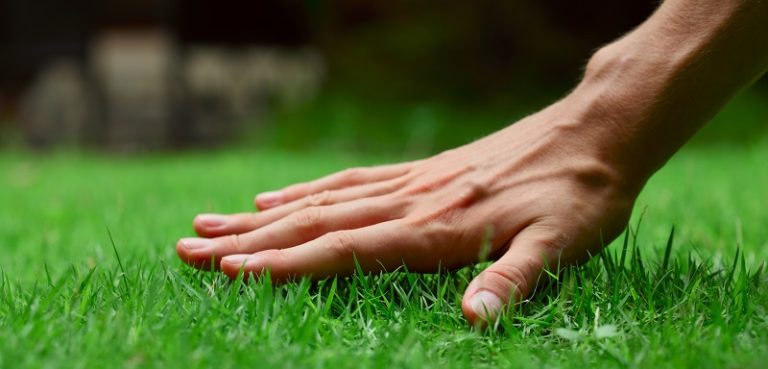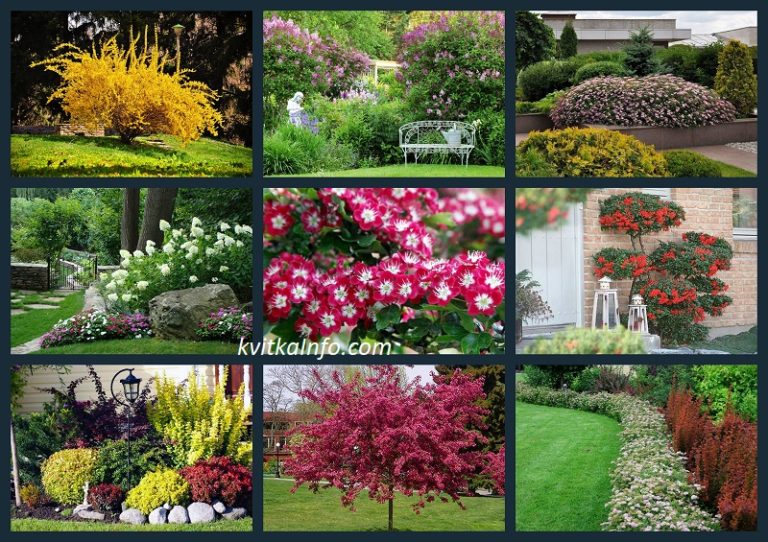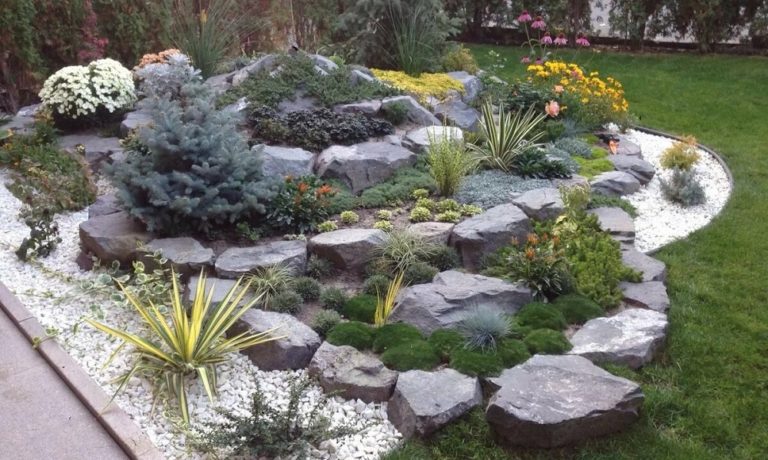DIY mini-oasis
It is not difficult to make your dream of a pond in a kindergarten come true. Especially when the pond is small, although no less attractive. With the help of a pump, the water will flow from the jug to the bowl all the time. A spectacular framing can be made from coniferous wood bars, such as larch or cedar.

It is not difficult to make your dream of a pond in a kindergarten come true. Especially when the pond is small, although no less attractive. With the help of a pump, the water will flow from the jug to the bowl all the time. A spectacular framing can be made from coniferous wood bars, such as larch or cedar.
Everything is done quickly, simply and beautifully – and with this formula you can start building a garden pond. The murmur of the stream has long been considered a significant therapeutic factor, a means of relaxation and restoration of the mental state of a tired person.
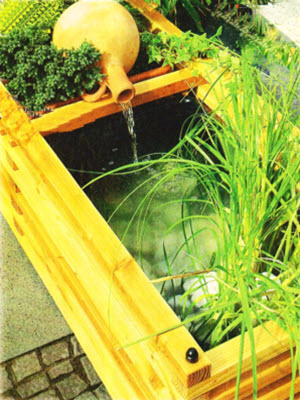
The size of the home oasis can be chosen arbitrarily. Here, as an option, an example is given of using a ready-made flower pot and a container in which the mortar for construction work was mixed.
Both bowls are placed directly on the floor and framed without making rigid fasteners with them. Inside the frame, a transparent PVC hose is well masked, which connects the underwater pump to the jug lying on the flower garden.
Coniferous wood is particularly resistant to weathering and is the optimal material for outdoor use. The yellowish tint of this wood gives products made from it an undeniable decorative effect. But without a protective treatment, the material darkens and becomes silvery-gray. The bars used in this case are two meters long, so the amount of waste will be very small.
Here the calculation is very simple: several coniferous wood bars connected by threaded studs, plus a container for mortar and flower pots is equal to a rather pleasant place to relax – a mini-pond, which is made quite quickly.

1. Using a device – a miter box, a hacksaw, cut bars for the longitudinal and transverse sides of the frame. Their length and the location of the holes in the distributive vertical partition are determined taking into account the dimensions of the planter and the mortar bath. 2. To drill holes in the bars, make a template with side guides and a stop. In the partition, the hole should be at a distance of 535 mm from the rib…
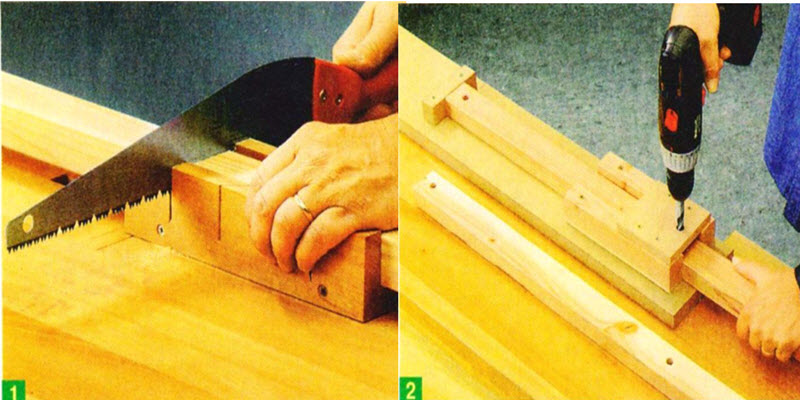
… and at the tip of the rail by twenty-five millimeters. The distance is given from the center of the hole. After drilling holes in the partition, you should install a stop on the other side and drill corner holes. 4. The template will be needed again when we drill holes in the spacer for the partition. Push the square bosses with a small lever to the rest and drill them. 5. It is necessary to cut off galvanized studs with threads to achieve the planned length, fixing them with a miter box. Before that, screw the nut onto the stud, and after sawing, unscrew it. This will make it possible to remove burrs that will occur during cutting.

6. Now screw on the nuts at the ends of the threaded studs, before putting washers on them. First an extended bar, then a transverse bar, etc., until… 7. … will not reach the upper level. Then you should put on the washer again and fix the entire structure with a nut. Now it becomes possible to file all the ribs and carefully clean the incision sites.
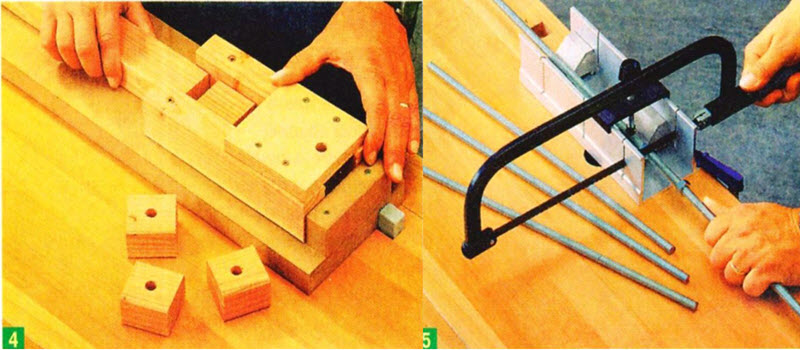
8. At the end, all nuts are covered with PVC safety caps. You can also use galvanized steel cap nuts.

Longitudinal and transverse parts are made from the same workpiece. From the leftovers, you can make spacers that are needed for the partition separating the pond and flower garden. As a decorative element, which also illuminates the reservoir in a black bowl and hides the pump, you can use marble gravel, which should be washed with running water from dust and placed in a pond.
In addition to the jug (or amphora), which with its narrow neck elegantly throws over the partition, greens are also needed. A very good solution can be the use of dwarf juniper and indoor cypress. To your taste, you can also choose aquatic plants, which undoubtedly create a special romantic atmosphere.
List of materials. Coniferous wood bars with a section of 35×50 mm: 12 longitudinal bars with a length of 1370 mm, 11 transverse bars with a length of 590 mm, 8 spacers with a length of 50 mm, 6 steel threaded studs M10x390 mm, 12 M10 nuts, 12 washers for them, 12 protective caps; In addition, there are flower pots 450x450x370 mm, a container for a solution 450x450x370 mm, a pump for a pond with a power of 28 W, a jug (amphora) with a narrow neck, transparent PVC tubes.
To insert the tube into the ceramic amphora, drill a hole in it for the pump hose. To do this, the jug is placed on a soft substrate. You need to make sure that the drill is not turned on in the hammer drill mode – you need to work in a hammer-free mode. A stone drill is used only at low speeds. If the hole is under water, the tube should be sealed with silicone sealant.

